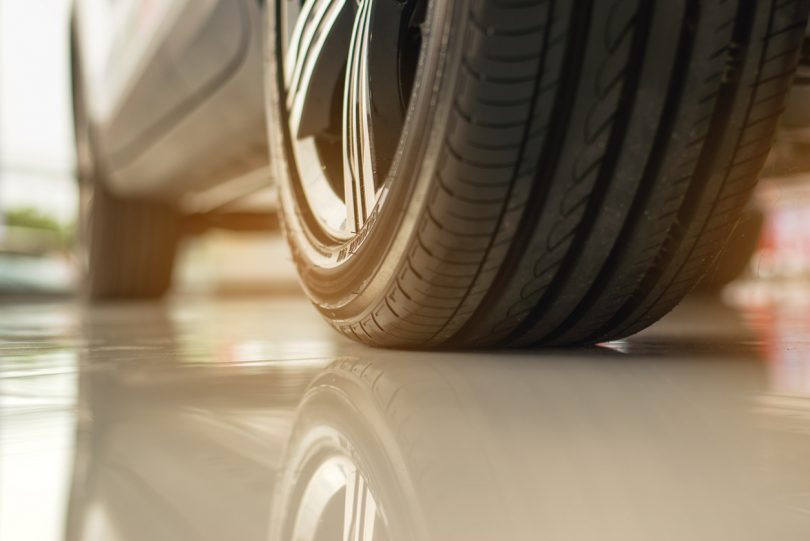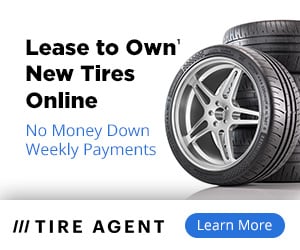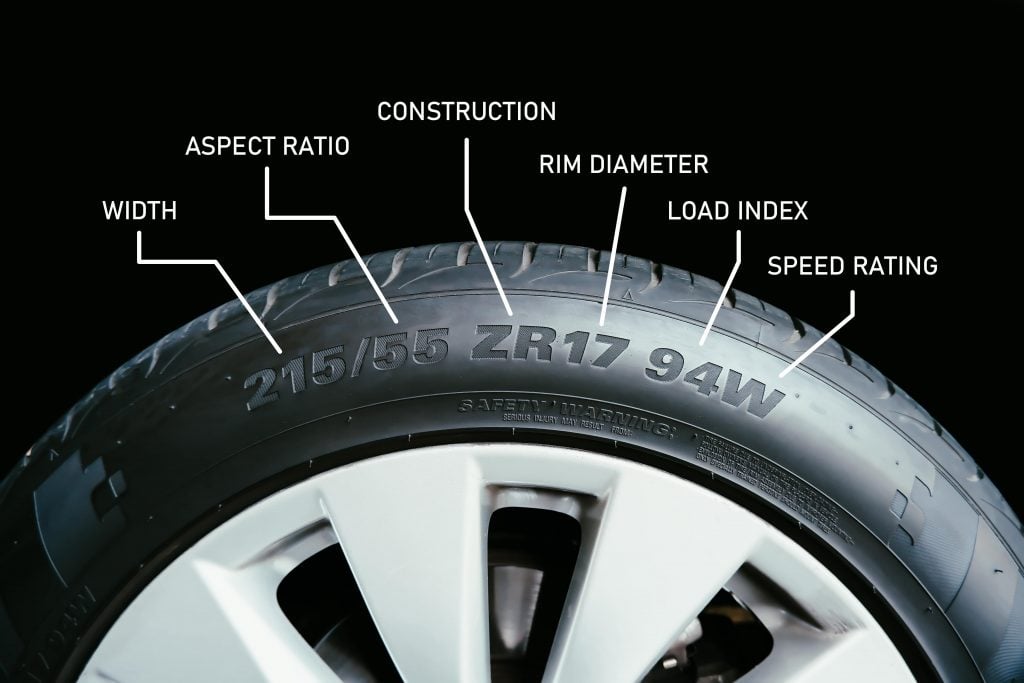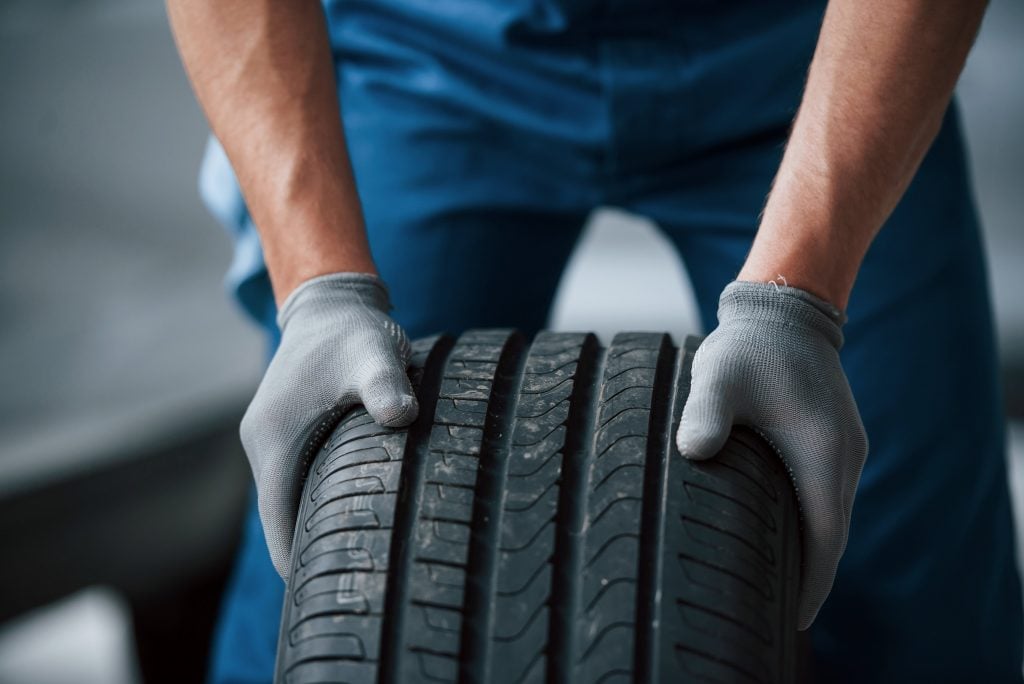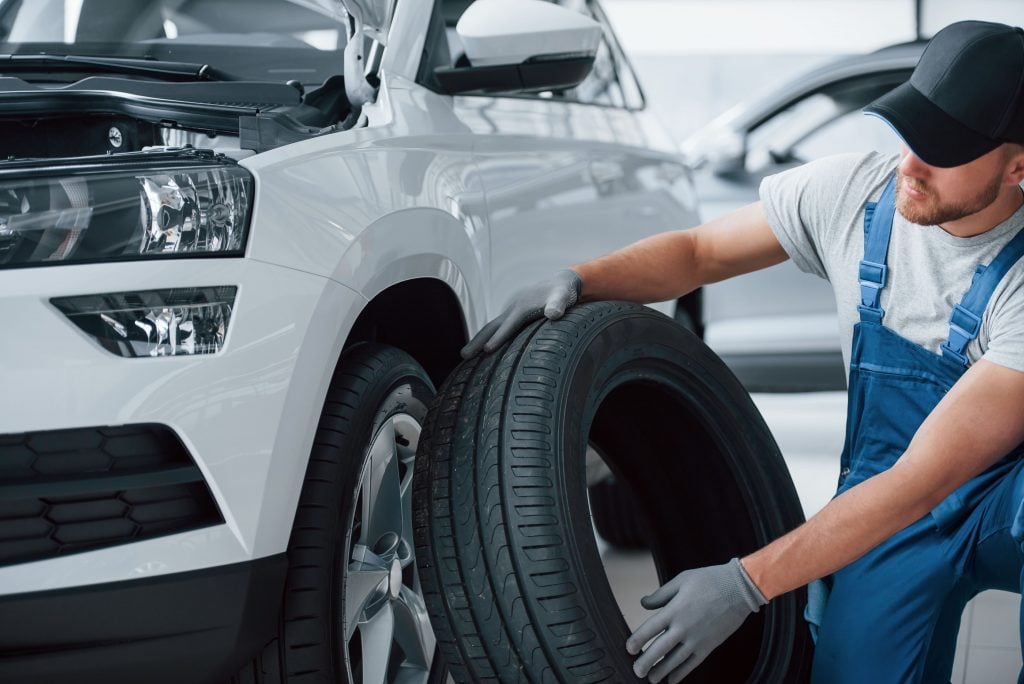Advertorial
Buying tires is an important decision that can affect the safety and performance of your vehicle. There are several factors to consider when choosing tires, including size, tread, load capacity, speed rating, and type (e.g. summer, winter, all-season, performance). In this guide, we will walk you through the steps to help you make the best and safest choices when buying tires for your needs.
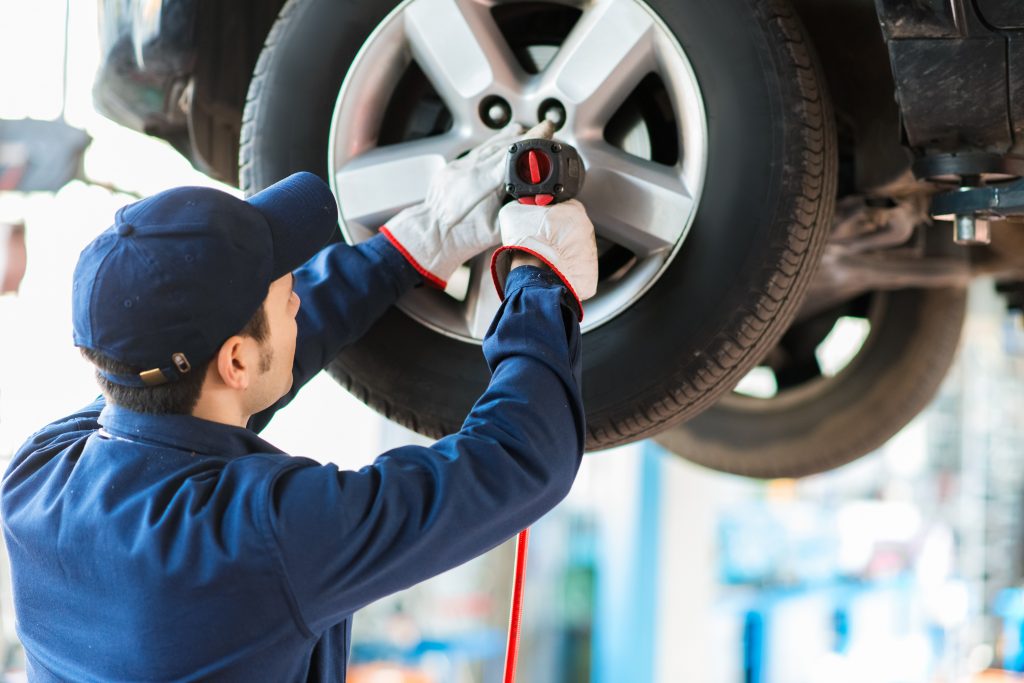
Things to Consider When Buying Tires
The first step is to determine the type of tire that is best suited for your driving needs and climate. There are several different types of tires available, each designed for specific driving needs and conditions. Here are the main types to consider in buying tires:
Summer Tires
This tire is designed for warm weather and provides good traction on both dry and wet roads. In addition to having a harder compound and shallower tread depth, it can provide a smoother ride and better fuel efficiency. However, they are not suitable for use in cold weather or on snow and ice.
Winter Tires
These tires are designed for use in cold weather and provide better traction on snow and ice. Having a softer compound and a deeper tread depth improves grip in slippery conditions. On dry roads, they may not perform as well as summer tires.
All-Season Tires
These are designed to provide a balance of performance in both dry- and wet-weather conditions, as well as light snow. The tread depth is usually medium, and the compound can handle a variety of temperatures. The performance may not be as good as dedicated summer or winter tires, however.
Performance Tires
Designed for high-speed driving, these tires provide improved handling and traction. As a result of their softer compound and deeper tread depth, they can provide better traction and cornering. The downside is that they may not be the best choice for everyday use, as they tend to wear out more quickly than other types of tires.
Off-Road Tires
Designed for use on rough, unpaved surfaces, these tires provide good traction off-road. They have a large tread pattern and deep tread depth to help navigate through mud, sand, and other uneven terrains. However, they may not perform as well on paved roads as other types of tires would.
Tire Buying Talk
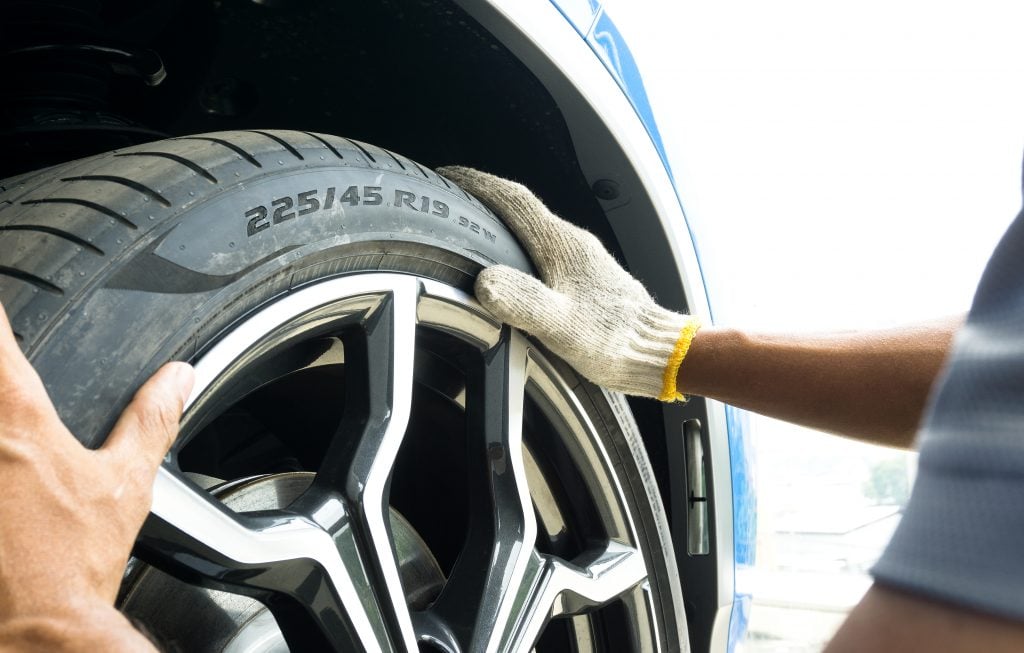
Find Your Tire Size
Using a combination of letters and numbers, tires are sized based on a standardized system. You can usually find your vehicle’s tire size in the owner’s manual or on the sidewall of your current tires.
For purposes here, our example of a tire size will be: P235/60R16
Each letter and number in the tire size indicates the tire’s dimensions and performance characteristics. In order to understand what each part of the tire size means, here is an explanation:
“P” indicates the tire is intended for passenger vehicles. Tires can also have other letters to show their intended use, such as”T” for temporary spares, “LT” for light trucks, and “ST” for special trailers.
The three-digit number following the “P” (235 from example above) represents the tire’s width in millimeters.
An aspect ratio is determined by the height of the sidewall divided by the width of the tire, represented by the two-digit number following the slash (e.g. 60 above). The sidewall of this tire occupies 60% of its width.
Tires with an “R” following their aspect ratio have radial construction, which is the most common construction type. Different types of tires may be indicated by different letters, such as “D” (diagonal) and “B” (bias belt).
Two or three digits following the “R” (e.g. 16, in the example above) represent the rim diameter.

Treadwear, Temperature, and Traction Ratings
Treadwear Ratings
Treadwear ratings, measuring a tire’s resistance to wear, are assigned by the manufacturer and indicated by a three-digit number on the tire sidewall, followed by the letters “TW.” The higher the treadwear rating, the longer the tire is expected to last. Treadwear ratings are based on standardized tests and are intended to be used as a comparative guide. Actual tire performance may vary depending on factors such as driving style, road conditions, and tire maintenance.
Tires with a higher treadwear rating last longer but tend to have a harder ride. Tires with a lower treadwear rating tend to have more grip, but don’t last as long as those with a higher treadwear rating.
Temperature Ratings
The temperature rating indicates how well a tire dissipates heat (under high-speed driving conditions) and resists tread separation. Each tire is rated based on its performance. The tire is identified by a single letter on the sidewall, followed by the letter “TR.” The rating scale runs from “A” (best) to “C” (worst). A tire with a higher temperature rating can withstand higher temperatures and perform better at high speeds.
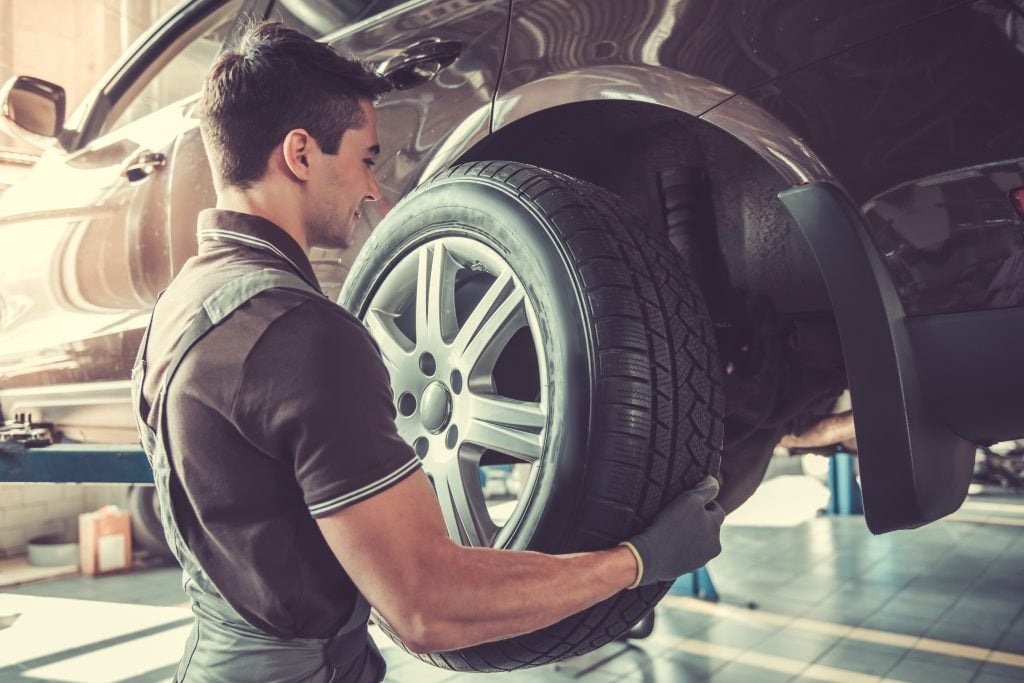
Traction Ratings
Traction ratings are a measure of a tire’s ability to grip the road and provide traction under various driving conditions. These ratings are assigned to tires by the manufacturer and are indicated by a letter on the tire sidewall, following the tire size and preceding the load index. The rating scale ranges from “AA” (the best) to “C” (the worst).
Tires with a higher traction rating are able to provide better grip and traction, which can be particularly important in wet or slippery conditions. However, it is essential to note that traction ratings are based on standardized tests and are intended to be used as a comparative guide. Actual tire performance may vary depending on driving style, road conditions, and tire maintenance.
A good idea when buying tires is to choose those appropriate for your driving needs and the conditions you will be driving in. If you are unsure of the appropriate tire for your needs, it is a good idea to consult a tire dealer or mechanic for guidance.
Speed Ratings
Speed ratings are a measure of a tire’s maximum safe speed capability. These ratings are assigned to tires by the manufacturer and are indicated by a letter on the tire sidewall.
Available speed ratings include:
N: up to 87 mph
P: up to 93 mph
Q: up to 99 mph
R: up to 106 mph
S: up to 112 mph
T: up to 118 mph
U: up to 124 mph
H: up to 130 mph
V: up to 149 mph
W: up to 168 mph
Y: up to 186 mph
Some vehicle manufacturers recommend tires with higher speed ratings than you may drive. For instance, your car manufacturer may recommend tires that are V speed-rated, even though you may never drive 149 MPH. It is important to purchase tires with the recommended speed rating in order to preserve the vehicle’s handling characteristics.
Maintaining Your Tires
There are several steps you can take to maintain your tires and ensure the best performance and safety. Here are some tips for maintaining your tires:
Check Tire Pressure Regularly
It is crucial that you maintain the proper tire inflation pressure in your vehicle for maximum safety and performance. Underinflated tires can decrease fuel efficiency, reduce traction and handling, and increase tire wear. Overinflated tires can cause a harsh ride and increase the possibility of a blowout. Ensure the tire pressure is checked regularly using a tire pressure gauge and the tires are inflated to the recommended level specified in your owner’s manual or on the tire’s sidewall.
Rotate Tires Regularly
You can extend the life of your tires by rotating them regularly and ensuring even wear. Rotating tires is recommended for most vehicles every 5,000 to 8,000 miles.
Check Tread Depth
A worn tire can reduce traction and handling, which increases the risk of an accident. Regularly check your tires’ tread depth with a tread depth gauge or the penny test – if you can see the top of Lincoln’s head when you insert a penny into the tread, the tires should be replaced.
Balance and Align Tires
Your vehicle’s performance and handling will be improved when your tires are properly balanced and aligned. Make sure your tires are balanced and aligned according to the manufacturer’s recommendations.
By following these simple maintenance steps, you can help to ensure the best performance and safety of your tires.
Tire Troubleshooting Guide
Vibration or Shaking
If you experience vibration or shaking while driving, it could be due to a problem with the tires or the wheels. To troubleshoot this issue, check the tire pressure first. If it is within specification, the tire may be out of balance.
Irregular Wear on One Side
If your tire has more wear on one edge than the rest of the tire, your vehicle may be out of alignment.
Center of Tire More Worn than Outside Edges
If the center of the tire shows more wear than the outside edges, check the air pressure. The tires may be overinflated.
Edges of Tire Have More Wear than Center of Tire
If both edges of the tire have more wear than the center of the tire, your tires may be underinflated. Check the tire’s air pressure.
Vehicle Drifts When Not Holding Steering Wheel
If the vehicle pulls or drifts when not holding the steering wheel, it may be out of alignment. Check the vehicle’s alignment.
Conclusion
In summary, buying tires is an important decision that can affect the safety and performance of your vehicle. By considering factors such as type, size, tread, load capacity, speed rating, and price, you can choose the best tires for your needs. Don’t forget to also check tire pressure and rotate tires regularly to extend their lifespan.
Need More Tire Buying Help?
Through our partnership with Tire Agent, shopping for tires online has never been easier. Lease-to-own1 with no money down while enjoying the convenience of weekly payments.

